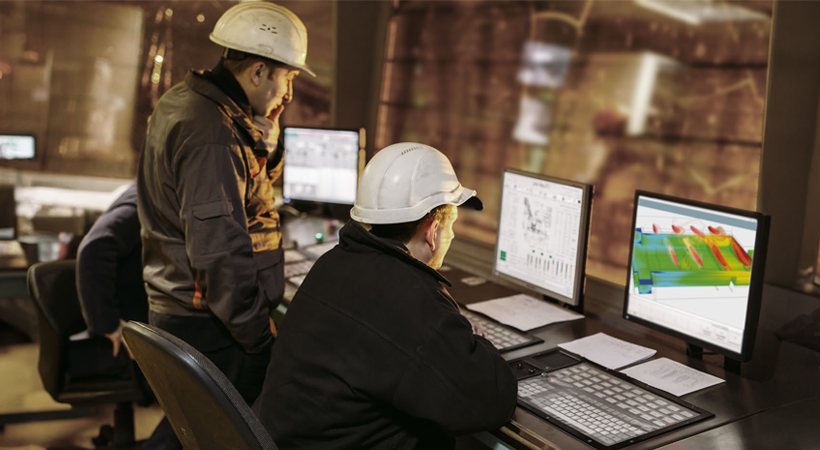March’s construction data presents a nuanced picture of the industry’s current state, with distinct trends emerging in the nonresidential and residential sectors.
While the overall momentum is mixed, the detailed figures offer valuable insights into areas of growth and contraction.
Nonresidential Sector Demonstrates Resilience with Strong Commercial Activity
The nonresidential building sector showed positive movement in March, with starts improving by a notable 6% to a seasonally adjusted annual rate of $403 billion. This upswing was largely propelled by a significant surge in commercial starts, which jumped by an impressive 21%. This growth encompassed a range of project types, with stronger starts observed in the retail, office, and warehouse segments. This suggests continued investment in infrastructure supporting commercial activity and logistical networks.
A particularly striking development within the nonresidential sector was the remarkable 122% growth in manufacturing starts over the month. This substantial increase points towards a strong push for expanding or establishing domestic manufacturing capabilities, potentially driven by various economic or strategic factors.
However, not all segments of the nonresidential sector experienced growth. Institutional starts saw a decline of 12% in March. This downturn was attributed to weaker performance in dormitory, government building, and transportation starts. This indicates potential delays or reduced investment in these specific public or institutional infrastructure areas.
Despite the positive monthly figures, it’s important to consider the year-to-date perspective. Through March, nonresidential starts were down 9% compared to the same period in 2024. While this overall decline suggests a slower start to the year compared to the previous one, the year-to-date figures for commercial and institutional starts offer a slightly brighter outlook, showing a combined increase of 3% over the same period.
Significant project groundbreakings in March underscore the scale of investment in the nonresidential sector. Notable examples include the $1 billion Johnson & Johnson Biologics Manufacturing Facility in Wilson, North Carolina, highlighting significant investment in the life sciences sector; the $800 million Capital One Arena Modernization in Washington, D.C., indicating ongoing revitalization and infrastructure upgrades; and the $750 million Amazon Robotics Fulfillment Center in Wilmington, North Carolina, emphasizing continued expansion in e-commerce and logistics.
Residential Sector Experiences a Pullback, Particularly in Single-Family Homes
Conversely, the residential building sector experienced a dip in March, with starts falling by 5% to a seasonally adjusted annual rate of $377 billion. This decline was primarily driven by a decrease in single-family income starts, which fell by 10%. This suggests potential challenges in the single-family market, which could be influenced by factors such as interest rates, affordability, or market sentiment.
In contrast to the single-family trend, multifamily income starts saw a modest increase of 4% in March. This indicates continued demand or investment in multi-unit housing, which can be a more affordable option in some markets or cater to specific demographic shifts.
Looking at the year-to-date figures through March, the residential sector as a whole saw starts down 5% compared to March 2024. Single-family starts were down by 4% over this period, and multifamily starts saw a larger drop of 6%. These year-to-date figures reinforce the notion of a slower start to the year for the residential construction market compared to 2024.
Large multifamily projects breaking ground in March highlight continued activity in this segment, albeit with a mixed overall trend. These include the substantial $1 billion Four Seasons Private Residences Las Vegas in Henderson, Nevada; the $357 million Flatiron Building Condominiums in New York; and the $276 million The Villa Miami Condominiums in Miami.
Regional Variations in Construction Activity
Geographically, the construction landscape in March showed regional disparities. Total construction starts saw increases in the Northeast, South Central, and West regions. Activity remained flat in the Midwest, while the South Atlantic experienced a decline in total construction starts. These regional differences can be influenced by a multitude of local economic conditions, population growth, and specific development projects.
March’s construction start data reveals a dynamic and somewhat contrasting picture across the nonresidential and residential sectors. While nonresidential construction, particularly commercial and manufacturing, demonstrated strength and resilience in March, the residential sector experienced a pullback, largely driven by a decline in single-family starts. The year-to-date figures indicate a slower start to 2025 for the overall construction market compared to the previous year. Monitoring these trends, alongside factors such as economic indicators, interest rates, and regional developments, will be crucial for understanding the trajectory of the construction industry in the coming months.
Source: USGlass with additional information added by GlassBalkan






